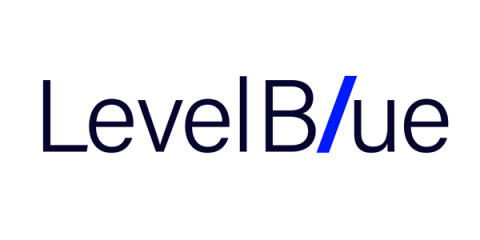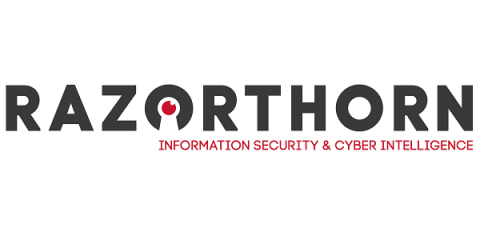How to Migrate VMware ESXi VMs to Proxmox VE: A Step-by-Step Guide
To migrate virtual machines from VMware ESXi to Proxmox VE, you should have a network connection between the source ESXi host and the destination Proxmox host. The main part of VM migration is transferring virtual disk data. Learn how to migrate VMs to Proxmox with two main methods and detailed instructions. Watch the video to learn two methods for seamless migration between the two environments.











